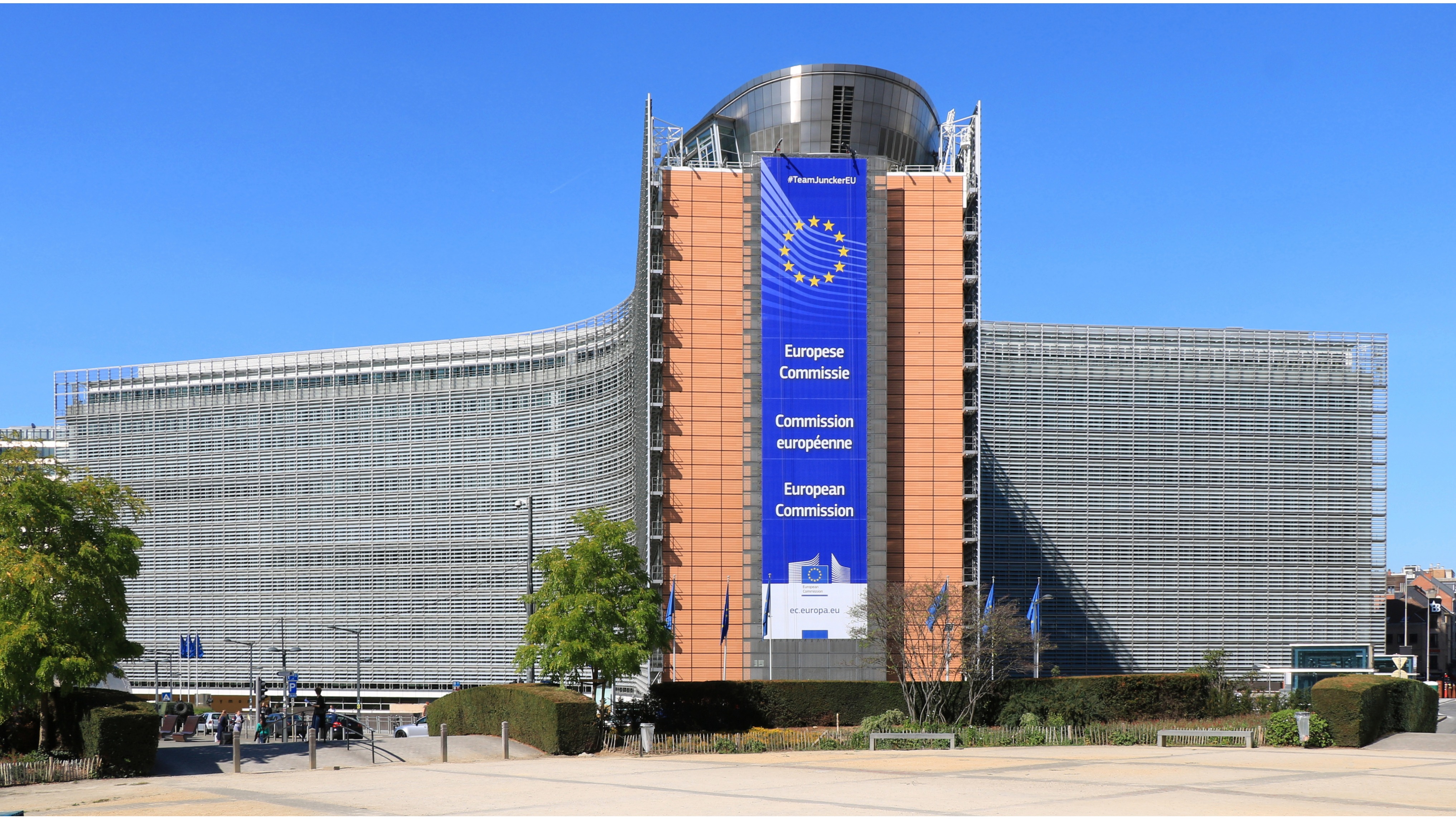The European Union (EU) is reportedly planning to transfer direct supervision of cryptocurrency companies, stock exchanges and clearing houses to the European Securities and Markets Authority (ESMA), marking a significant shift in its regulatory approach.
Established in January 2011 and based in Paris, ESMA is an independent EU agency tasked with safeguarding the stability and integrity of the EU financial system.
Its objectives include strengthening investor protection, promoting supervisory convergence among EU member states and preventing regulatory arbitrage among others.
Verena Ross, chair of the ESMA, told the Financial Times (FT) that the proposed changes aim to unify the current fragmented European capital market, with new plans including transferring the regulation of several sectors of the EU financial markets from national authorities to ESMA.
“This would provide a key impetus towards having a capital market in Europe that is more integrated and globally competitive,” she said.
She added that the plans are designed to “ensure that we are addressing the continued fragmentation in markets and resolve that to create more of a single market for capital in Europe.”
The EU had previously proposed nominating ESMA as the main supervisory authority for crypto-asset service providers, including exchanges and digital currency custodians, while developing its landmark Markets in Crypto-Assets (MiCA) regulation.
MiCa, which came into force earlier this year, establishes uniform EU-wide market rules for crypto-assets, covering a market that is not currently fully regulated by existing financial services legislation.
But the idea was abandoned after concerns were raised about ESMA not being able to handle complete supervision, with oversight of the cryptocurrency market remaining in the hands of national authorities.
Ross told the FT the decision created “inefficiencies.”
The publication reported that in July, ESMA was critical of Malta’s procedure for approving licences for cryptocurrency companies covering the entire EU, stating that “certain risk areas were not adequately assessed during the authorisation process” for one unnamed company.
Ross added that while ESMA is doing a lot of work to try to make sure that the implementation of MiCA is aligned, it clearly takes “a lot of effort” from the regulator and national supervisors to achieve full alignment.
“It also means that people had to build up specific new resources and expertise 27 times in different national supervisors, which could have been done more efficiently once at a European level,” she added.Her statements come a few weeks after three European national regulators, France’s Autorité des Marchés Financiers (AMF), Italy’s Consob and Austria’s Financial Market Authority, also called on ESMA to take over supervision of major cryptocurrency companies.
Similarly, Mario Draghi, former president of the European Central Bank, emphasised in a recent report that transforming ESMA into a single common regulator for all securities markets in the Union would be a “fundamental pillar” for reviving European capital markets.
In the report, published in September by the European Commission, Draghi compared the proposed vision for ESMA to the role played by the US Securities and Exchange Commission.
Earlier this week, the European Supervisory Authorities including ESMA, issued a warning for consumers which reminded them that crypto-assets can be risk and that legal protection, if any, may be limited depending on which crypto assets they invest in.
In the document, the regulators recommended concrete steps consumers could take to make informed decisions before investing in crypto-assets, such as checking if the provider is authorised in the EU.


